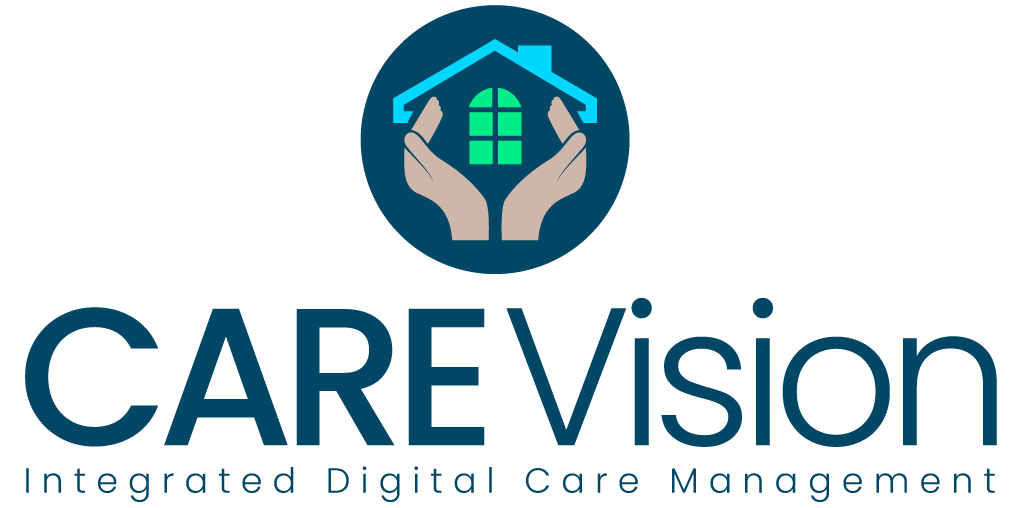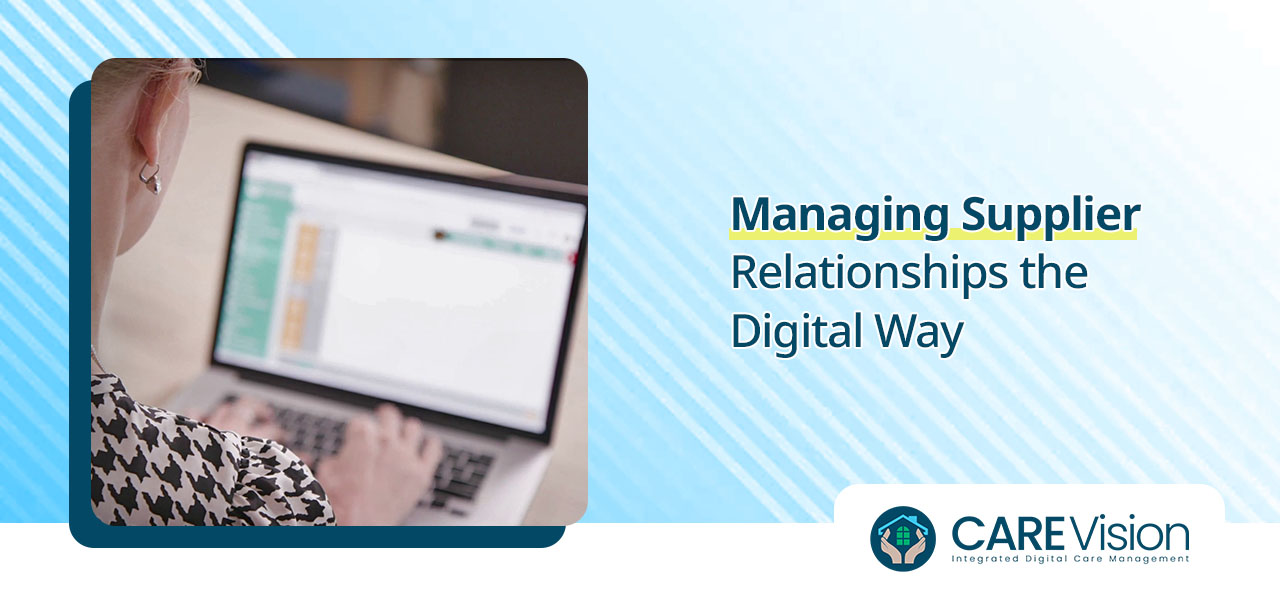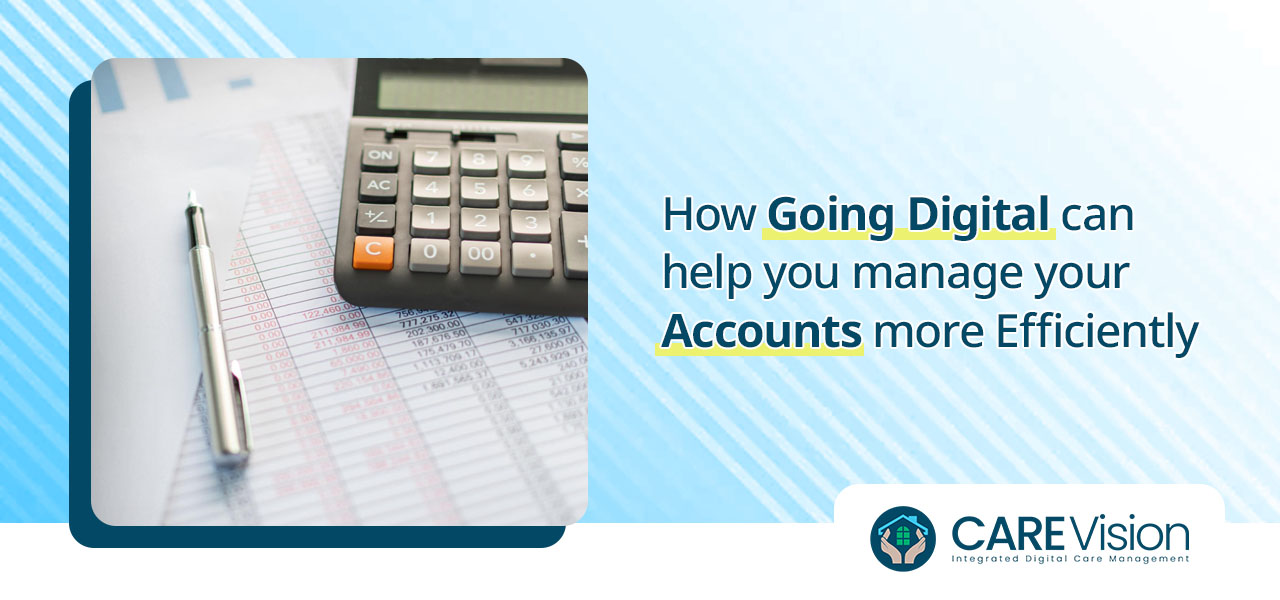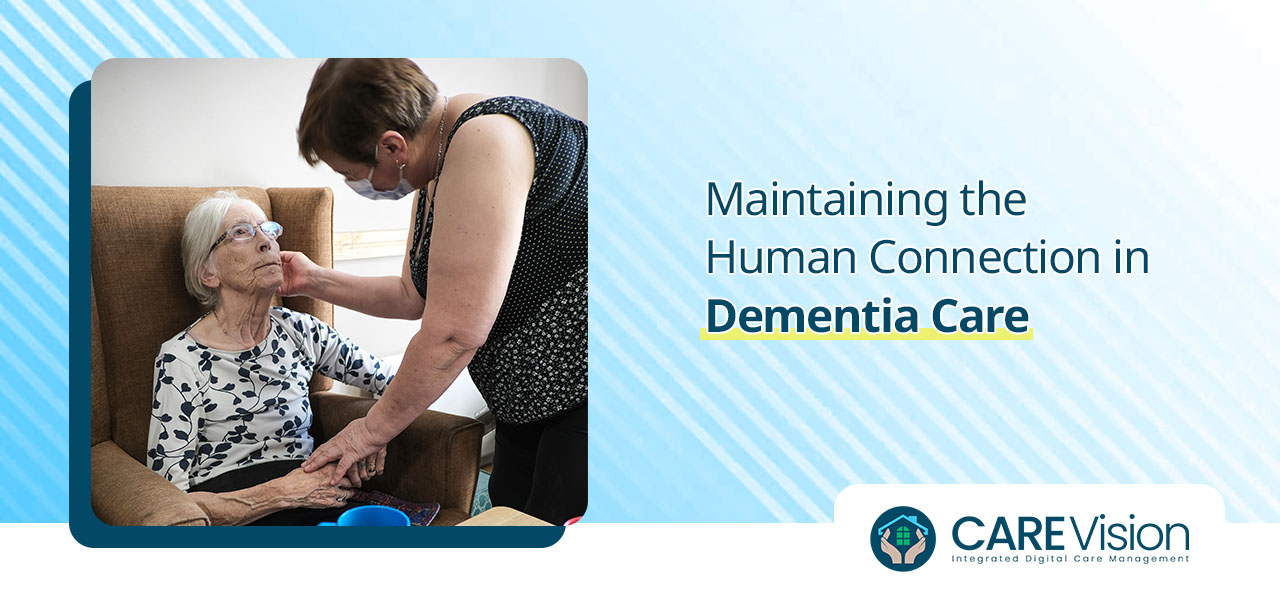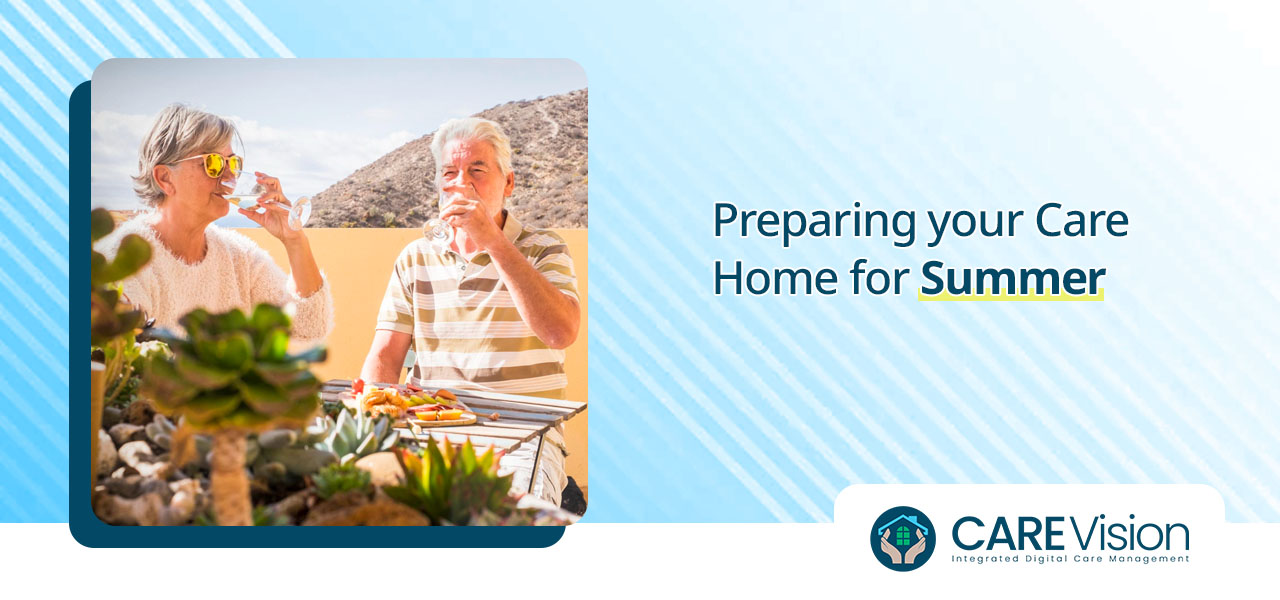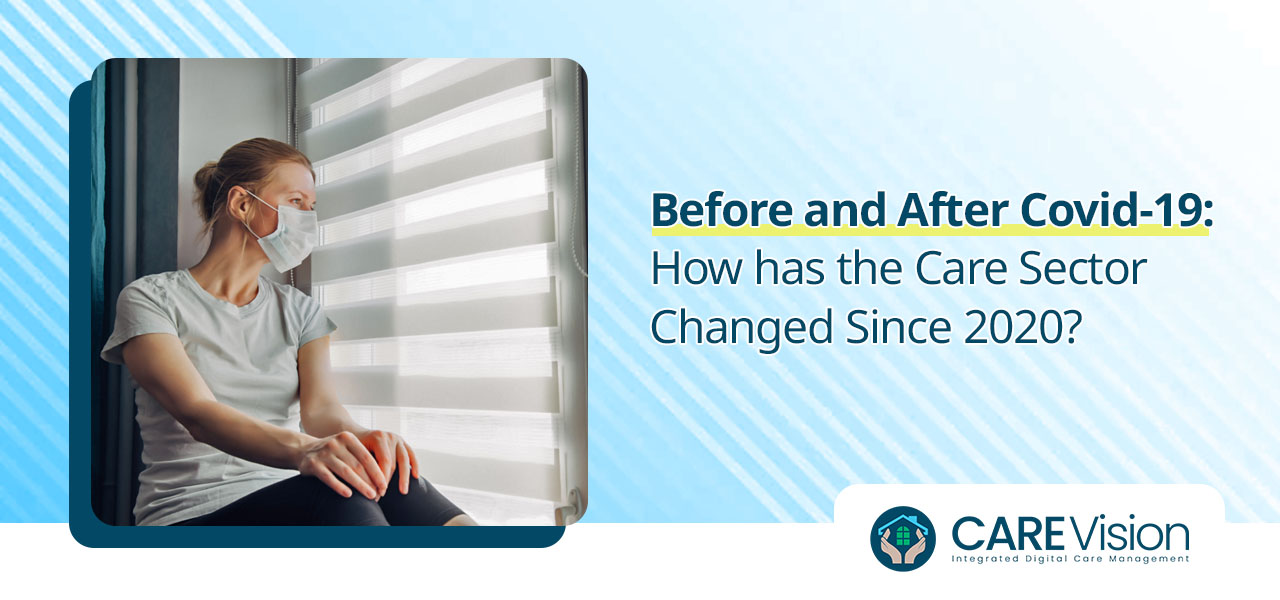The world is becoming increasingly digitalised, with technology becoming a larger part of daily tasks and routines, both at work and at home. The care sector is no different. Many of the responsibilities of running a residential care home can now be managed, monitored and reported on using digital management systems, such as Care Vision. In fact, such systems are taking over from traditional manual methods and routines, due to their ease of use, enhanced security, accessibility by entire care teams and reduced time required to carry out routine admin tasks.
What’s more, today’s digital care management systems enable care homes to provide truly person-centred care. Each resident can be allocated their own folders and reporting methods. Personal preferences, dietary information, family contact details, medical records, accident reports and medication requirements can all be kept in one place and cross-referenced to ensure properly individualised care.
Worried about making the switch?
All sounds great, doesn’t it? However, one thing that can often stop care teams from fully switching over to digital care management systems is a concern over being able to understand and cope with the technology involved. People worry about how much IT knowledge really is required to use digital systems correctly. However, with just a little training and practice, you and your team can be up and running in no time. Digital systems are intuitive, easy to understand and offer a range of highly useful functions that will make planning residents’ routines, providing care, recording healthcare updates and compiling reports a whole lot easier.
Different care homes are at different stages of what is known in some circles as ‘digital maturity’. That means the level of input and interaction with digital management systems they feel comfortable with. Ideally, care homes already using a digital system should be attaining a minimum level of digital maturity that enables them to share information appropriately, protect the health and safety of residents and staff, free up time that carers formerly spent on laborious admin and understand how to store, monitor and report on residents’ care data and details securely and within the limits of the law.
What to look for in a digital care management system
If you are not at this stage yet, and have not fully moved over to digital care management, it is probably time to start giving the matter some serious thought. The trick here is to ensure that your care home is set up with the right system to meet the needs of its residents and to be a simple, accessible and useful tool for the staff. This requires you to ask yourself a few questions while choosing your care management software supplier, including:
- Why do I want to ‘go digital’?
- Which tools does my care home use most, and what information do we need to store digitally to ensure person-centred care?
- How can we use the new system to remain CQC compliant and fully accountable to our stakeholders?
- How does the data protection and security aspect work, so that we can be confident that sensitive and confidential information about our residents can only be accessed by those who need it to provide them with the appropriate care.
- Are we able to integrate other systems, such as eMAR or nurse alert functionality to improve the care we provide to our residents?
Collaborating with other software providers
The last point about integrating with other systems is an important one. Increasingly, the world is turning to digital means of collaborating and communicating with each other. Intercommunication and interoperability are key to future proofing digital systems and ensuring uninterrupted, secure sharing of care-related data, medical updates and health and social care reports. Care homes wishing to not only prioritise the care of their residents, but also stay commercially viable must be able to collaborate with other software providers via their digital care management systems. Examples include working with software that uses AI technology to help identify pain markers in residents who might be unable to express them verbally or reliably.
Care Vision works with PainChek to deliver such a service. Nurse call alert systems also involve collaboration with external software providers, as does GP Connect, which puts GPs in direct contact with care providers to simplify and speed up the process of providing residents with the right medical care and support.
